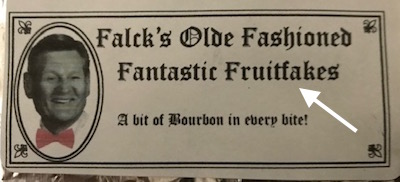Most of what CIA does is classified and the general public doesn’t learn about it until years later — if ever. A couple of us were talking the other day over our “Christmas beers,” and remembered an operation that has long since become public, but is an interesting story…. probably more so to us “old timers” than a lot of other people.
During the Cold War, one of the top priorities of the CIA was monitoring the Soviet Union and its increasing influence in the world. This was back in the 1950s — before sophisticated collection systems like reconnaissance satellites came into being. One of the techniques used in that time frame was wiretaps.
Berlin was the center of an extensive communications network from France to deep within Russia and Eastern Europe. In the 50s almost all Soviet military telephone and telegraph traffic between Moscow, Warsaw, and Bucharest was routed through Berlin over lines strung overhead from poles and buried underground. The CIA teamed up with the British Secret Intelligence Service (MI-6) on a project to tap into underground communication lines in the Soviet sector of Berlin — to gain access to Soviet and East German communications. To accomplish this, they decided to tunnel from West Berlin to the underground cables in nearby East Berlin — by building a tunnel, the operation would be hidden from visual surveillance.
Construction of the tunnel took a year — 3,100 tons of soil was removed and the project used 125 tons of steel plate and 1,000 cubic yards of grout. The finished tunnel was 1,476 feet long.
However — unknown at the time to the CIA and MI-6, the KGB (the Soviet Union’s premier intelligence agency) had been aware of the project from its start. A KGB mole (George Blake) inside MI-6 had informed the Soviets about the secret operation during its planning stages. But the Soviet Union, to protect Blake, allowed the operation to continue until they “accidentally discovered” the tunnel while supposedly repairing underground cables.
The Soviets planned the discovery in hopes of winning a propaganda victory by publicizing the operation. But their plan backfired when, instead of condemning the operation, most press coverage marveled at the audacity and technical ingenuity of the initiative.
I’m not sure if it’s true, but the story goes that following the press conference at which the Soviets announced the “discovery” of the Berlin Tunnel, the presiding Soviet military officer was heard saying to his U.S. military counterpart, “Just between us, what a great, XXXXing operation.”
Anyhow, a great story that waited many years before it could be told…..
— 30 —

